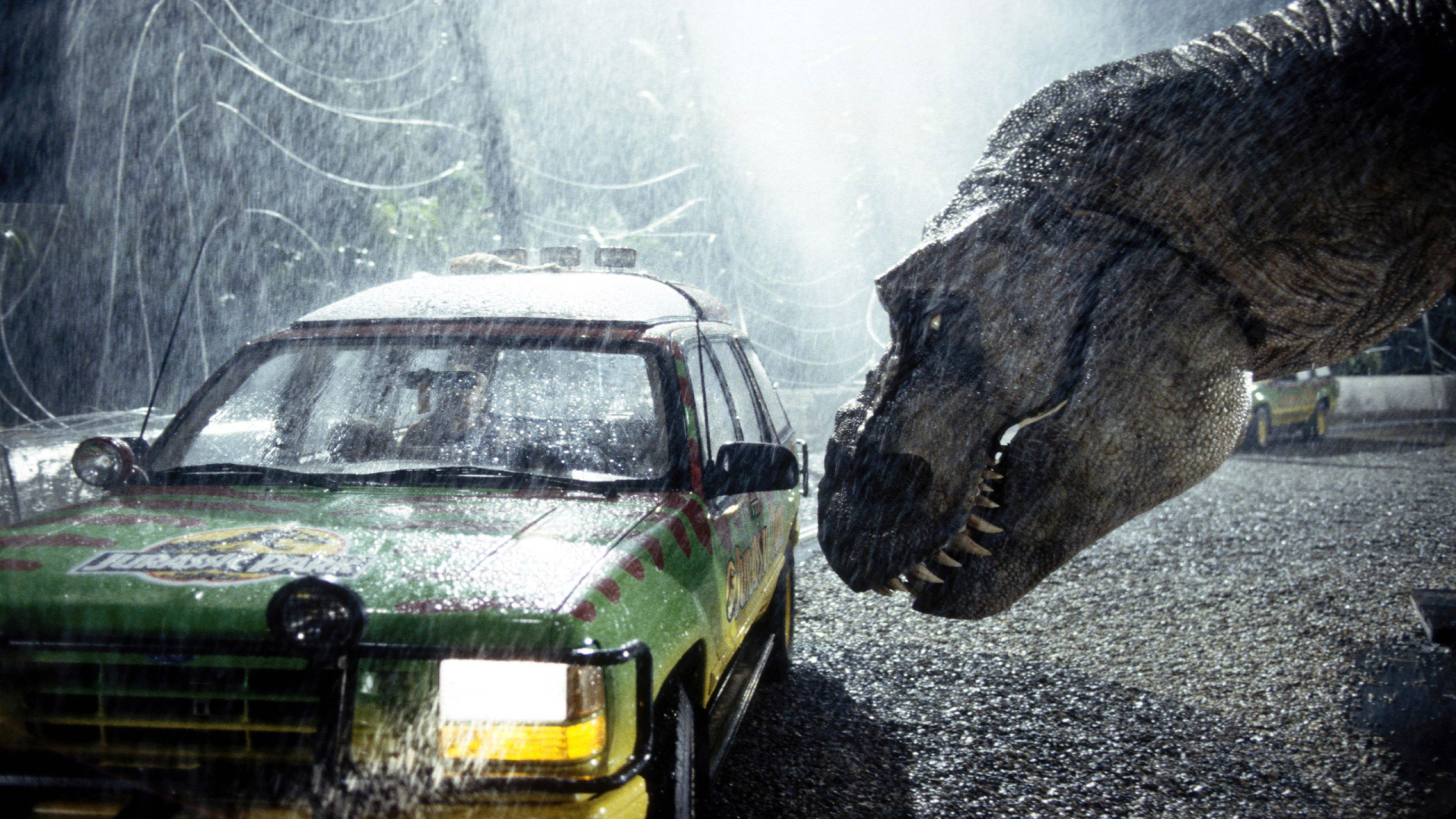US biotechnology company Colossal Biosciences has recently announced the successful breeding of three genetically edited wolf cubs, based on modern grey wolves, with genetic engineering used to mimic the traits of the extinct dire wolf. This marks a significant breakthrough in the field of “de-extinction.”
Scientists first extracted DNA from dire wolf fossils to reconstruct their genome, comparing it with that of the modern grey wolf to identify around 20 key differences. These differences involve aspects such as size, coat colour, skull structure, and tooth size. Using gene editing, they incorporated these traits into grey wolf cells, which were then implanted into the egg cells of domestic dogs, resulting in the birth of three cubs named Romulus, Remus, and Khaleesi.
Currently living in a 2,000-acre wildlife reserve, the cubs display heightened alertness and wild behaviours, distinctly different from typical domestic dogs. While they may not be considered a true “revival” of the dire wolf, their appearance and behaviour undoubtedly evoke memories of prehistoric predators.
However, some scholars have raised concerns: as genetic technology advances, could humanity unintentionally open “Pandora’s Box”? Will we one day see extinct dinosaurs, as in Jurassic Park, walk the Earth again? The return of extinct species may not only raise questions about biodiversity but also potential unintended consequences.
Colossal Biosciences plans to continue with the revival of other extinct species, including the woolly mammoth and dodo. Supporters argue that this could help restore ecosystems, while opponents worry that humanity may be crossing boundaries it should not.




